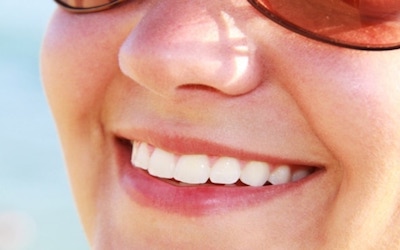随着PTE考生对PTE口语和PTE听力的重视,大家口语和听力的分数得到极大提高,但是PTE阅读渐渐成为考生们新的难题。
墨尔本悉尼文波PTE特别为PTE考生们挑选了适合练习PTE阅读的文章,主题,内容,长度都与PTE阅读题中的文章相似。激活学过的词汇,更新新的词汇,提高阅读速度,全面提升自己的阅读能力。
“Baring one’s teeth is not always a threat. In primates, showing the teeth, especially teeth held together, is almost always a sign of submission. The human smile probably has evolved from that.
“In the primate threat, the lips are curled back and the teeth are apart–you are ready to bite. But if the teeth are pressed together and the lips are relaxed, then clearly you are not prepared to do any damage. These displays are combined with other facial features, such as what you do with your eyes, to express a whole range of feelings. In a lot of human smiling, it is something you do in public, but it does not reflect true ‘friendly’ feelings–think of politicians smiling for photographers.
“What is especially interesting is that you do not have to learn to do any of this–it is preprogrammed behavior. Kids who are born blind never see anybody smile, but they show the same kinds of smiles under the same situations as sighted people.”
Primates: n. 灵长类
Curl:v. (使)弯曲,缠绕;撅起(嘴唇,表示反对)。
Sighted: adj. 有视力的;n. 有视力的人。
墨尔本悉尼文波PTE原创首发
更多精彩请持续关注微信wenbo_tv2。





